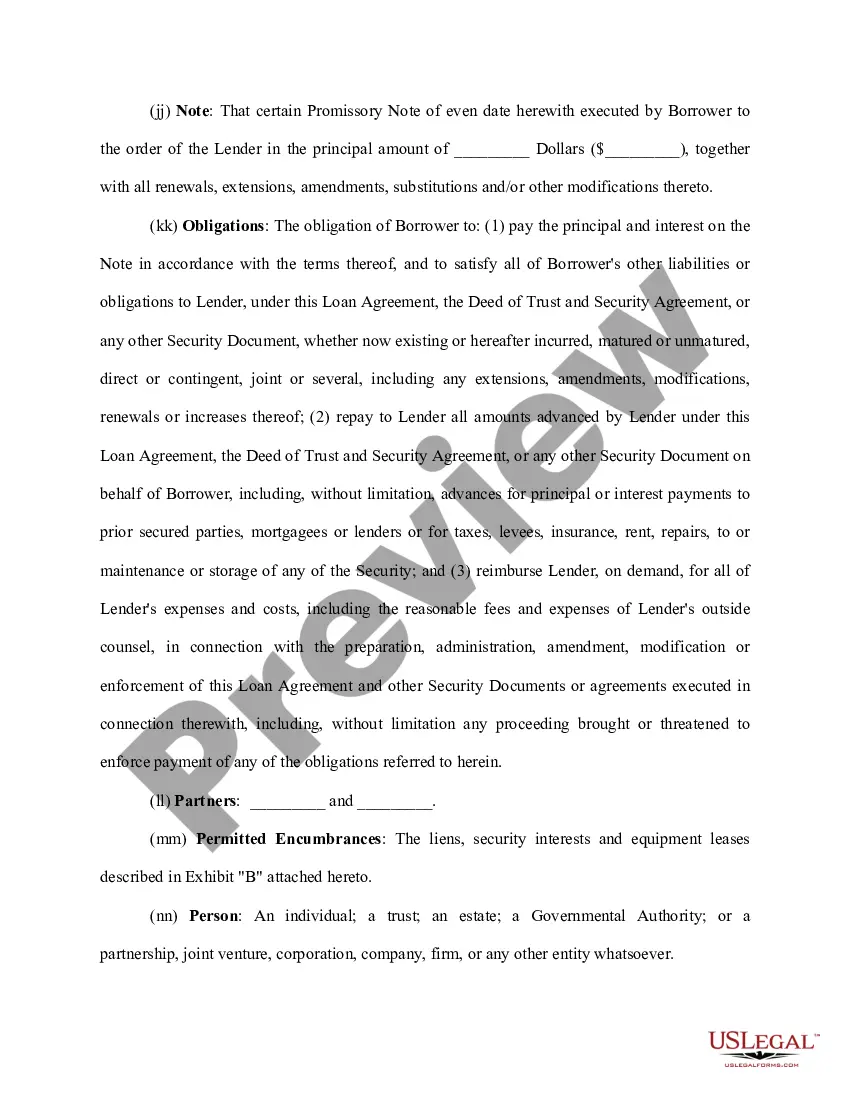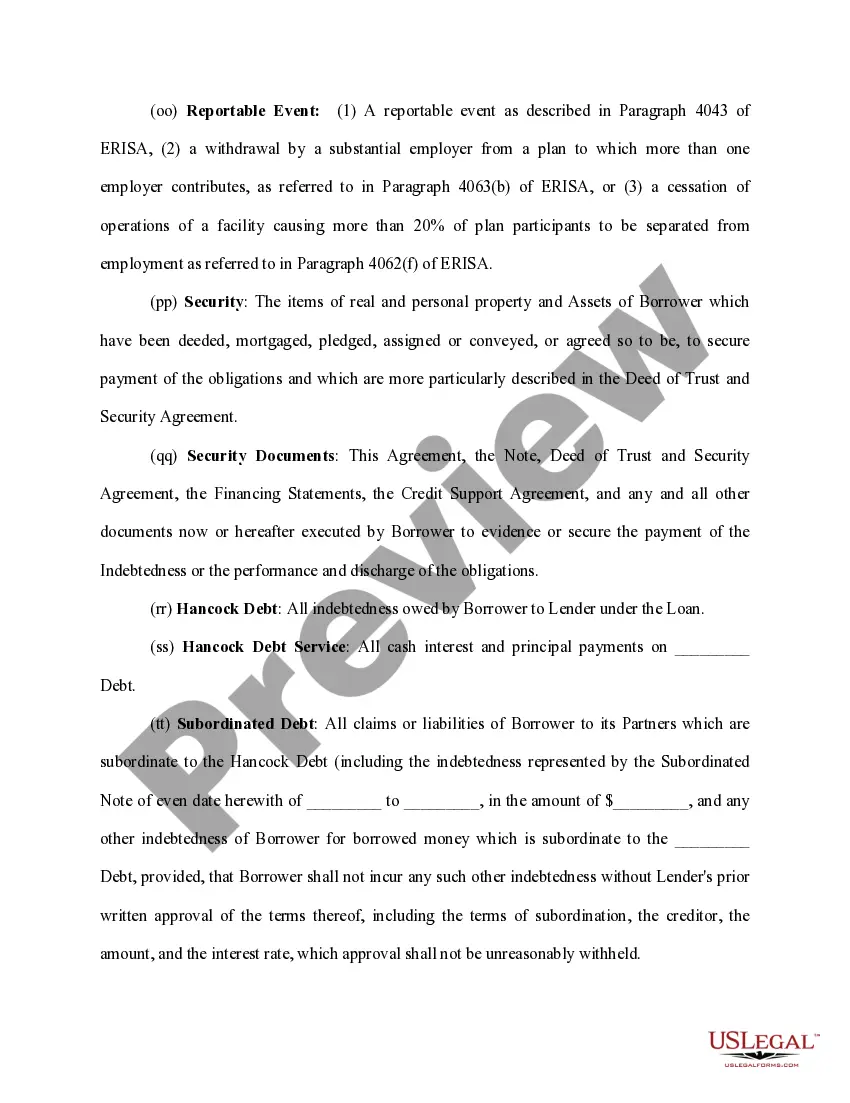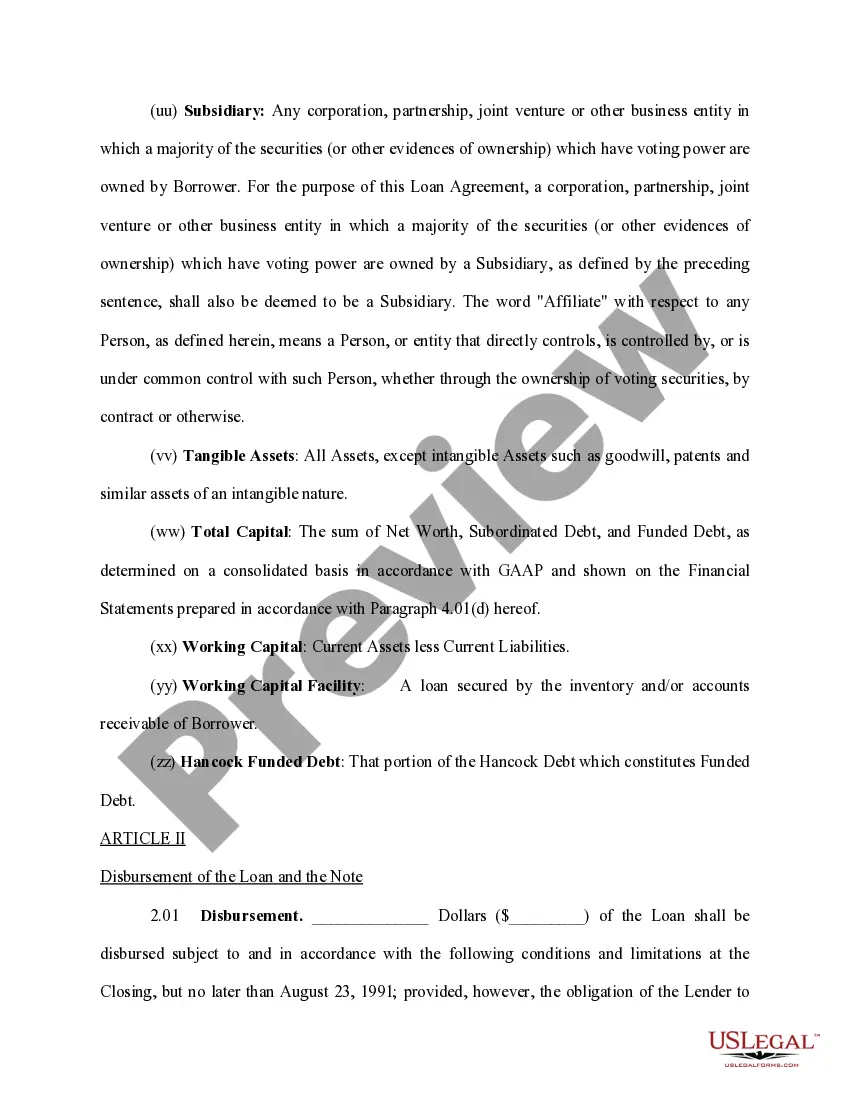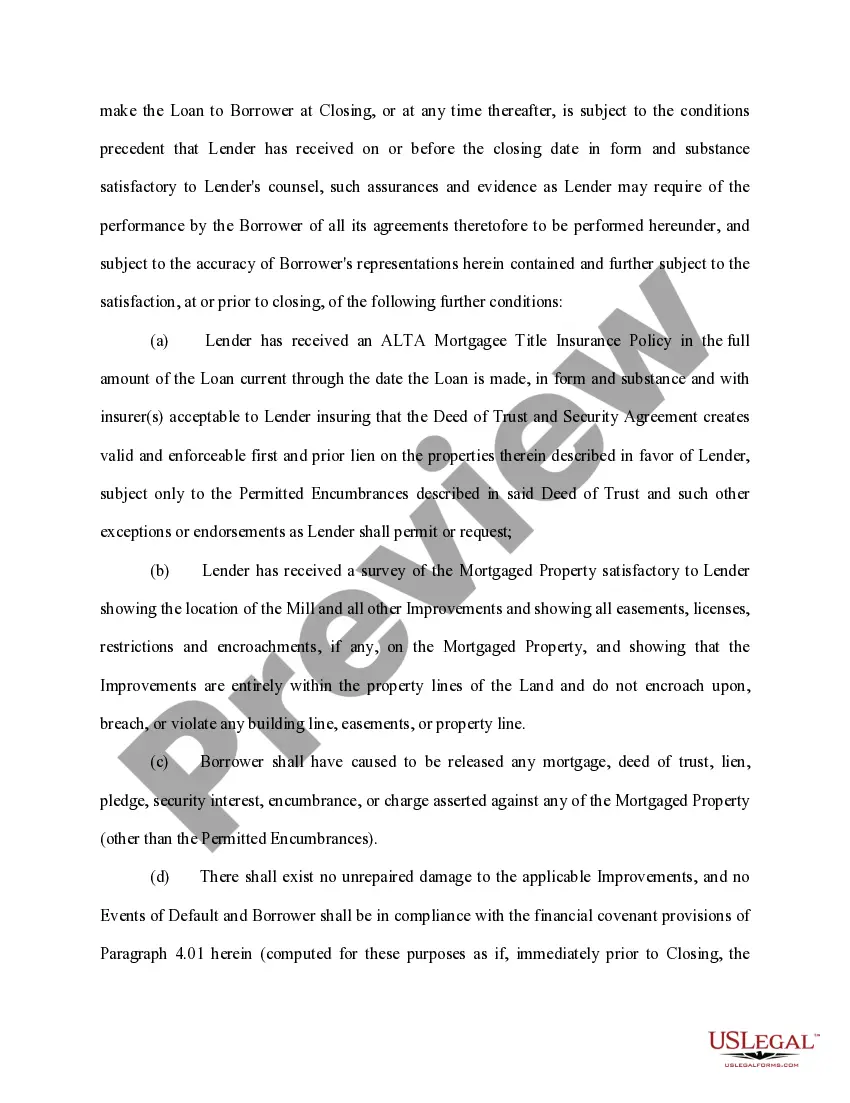Title: Understanding Ohio Loan Agreements: Types and Detailed Description Introduction: In Ohio, loan agreements play a crucial role in enabling individuals and businesses to secure necessary funds for various purposes. A loan agreement serves as a legally binding contract between a lender and borrower, detailing the terms and conditions of the loan. This article aims to provide a comprehensive overview of Ohio loan agreements, including their types and key components. Key Terms: 1. Ohio Loan Agreement Definition 2. Types of Ohio Loan Agreements 3. Components of an Ohio Loan Agreement Ohio Loan Agreement Definition: An Ohio Loan Agreement is a legal contract that outlines the terms and conditions of a loan between a lender and a borrower. This agreement governs various aspects, such as loan amount, interest rates, repayment schedule, collateral requirements, and any associated fees. It aims to protect the rights and interests of both parties involved in the lending process. Types of Ohio Loan Agreements: 1. Personal Loan Agreement: — Definition: A personal loan agreement involves lending funds for individual purposes, such as debt consolidation, education, medical expenses, or home improvements. — Key Features: Specifies the loan amount, repayment terms, interest rates, and any applicable penalties for late payments or early repayment. 2. Business Loan Agreement: — Definition: A business loan agreement is used for obtaining funds to support business operations, expand a company, or finance specific projects. — Key Features: Outlines loan purpose, repayment terms, interest rates, collateral requirements, and potential consequences of defaulting on the loan. 3. Mortgage Loan Agreement: — Definition: A mortgage loan agreement refers to a loan specifically tailored for purchasing property or real estate. — Key Features: Details the loan amount, interest rates, repayment terms, mortgage type (fixed-rate or adjustable-rate), and various conditions associated with property ownership and maintenance. Components of an Ohio Loan Agreement: 1. Parties Involved: — Identifies the lender and borrower, including their legal names, addresses, and contact information. — May include additional guarantors or co-signers if applicable. 2. Loan Terms: — Specifies the loan amount, interest rate, loan duration, repayment schedule (including frequency, installment amounts, etc.), and any associated fees (e.g., origination fees or prepayment penalties). 3. Collateral: — Determines whether the loan requires collateral, such as property, vehicles, business assets, or personal assets. — Includes a detailed description of the collateral, its estimated value, and the consequences of defaulting on the loan. 4. Default and Remedies: — Outlines the conditions under which the borrower is considered in default and the corresponding remedies available to the lender. — These remedies may include repossession of collateral or seeking legal action to recover outstanding amounts. 5. Miscellaneous Clauses: — Addresses additional clauses such as confidentiality, governing law, dispute resolution mechanisms, severability, and any other provisions specific to the loan agreement. Conclusion: Understanding Ohio loan agreements is crucial for individuals and businesses seeking financial assistance. By familiarizing themselves with the different types of loan agreements and their essential components, borrowers can make informed decisions and protect their rights throughout the lending process. It is advisable to consult legal professionals or financial advisors when drafting or signing an Ohio Loan Agreement to ensure compliance with state regulations and to address any specific concerns.
Ohio Loan Agreement
Description
How to fill out Ohio Loan Agreement?
Are you presently in a placement in which you will need files for both organization or specific purposes just about every working day? There are a lot of authorized record templates accessible on the Internet, but getting versions you can depend on isn`t effortless. US Legal Forms provides a huge number of type templates, such as the Ohio Loan Agreement, which are created to meet state and federal requirements.
Should you be currently knowledgeable about US Legal Forms internet site and get your account, basically log in. Following that, you can down load the Ohio Loan Agreement template.
If you do not provide an account and would like to begin using US Legal Forms, abide by these steps:
- Obtain the type you need and make sure it is for the correct city/area.
- Use the Preview button to review the form.
- Look at the information to ensure that you have chosen the right type.
- In case the type isn`t what you`re searching for, make use of the Look for discipline to get the type that suits you and requirements.
- When you obtain the correct type, simply click Get now.
- Pick the prices strategy you would like, fill out the necessary info to create your bank account, and purchase the order utilizing your PayPal or credit card.
- Select a hassle-free data file file format and down load your duplicate.
Discover every one of the record templates you have purchased in the My Forms menu. You can obtain a further duplicate of Ohio Loan Agreement whenever, if required. Just click the essential type to down load or produce the record template.
Use US Legal Forms, one of the most extensive assortment of authorized kinds, to save time and steer clear of faults. The assistance provides skillfully made authorized record templates which can be used for a selection of purposes. Create your account on US Legal Forms and commence producing your lifestyle easier.











